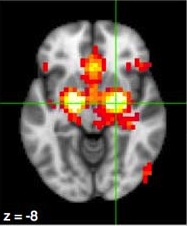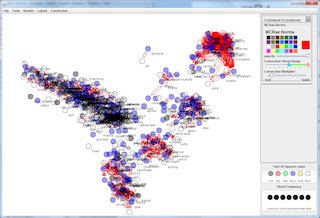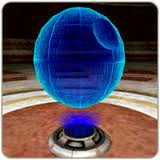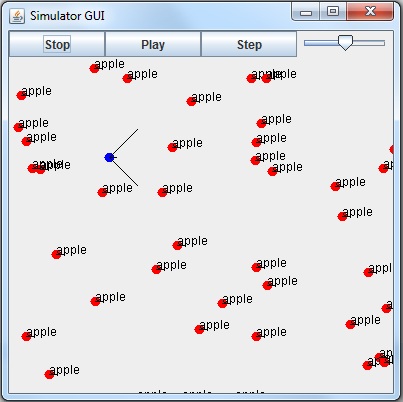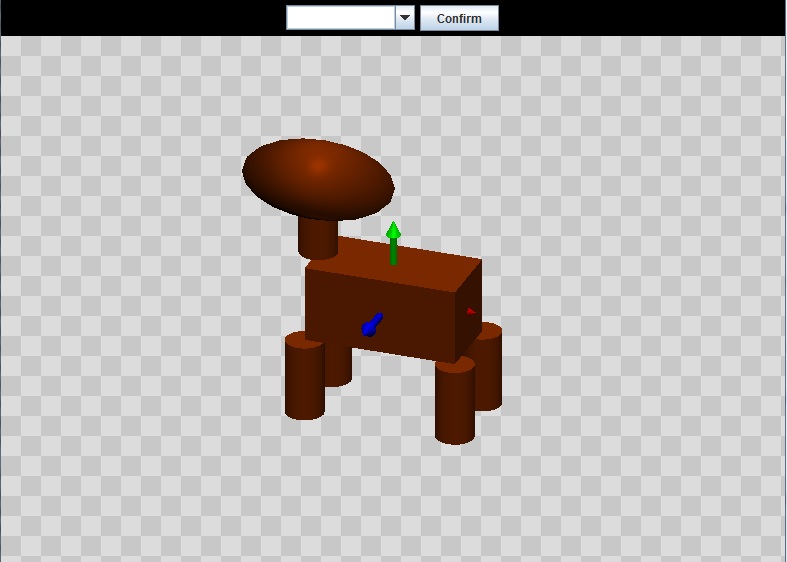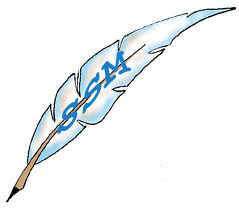CCL Software and Code
|
Resources for BEAGLE
The original hologrpahic BEAGLE model code from: Jones, M. N., & Mewhort, D. J. K. (2007). Representing word meaning and order information in a composite holographic lexicon. Psychological Review, 114, 1-37. has been reproduced several times in different languages now. Here is a list of relevant BEAGLE resources:
|
|
SemantiCore: Created and maintained by the lab, SemantiCore is a web-based interface for computing various psycholinguistic measures on words, including precomputed implementations of nearly all models of semantic similarity. It includes batch metrics for single word statistics, word pair statistics, and lexical neighborhood statistics.
Jump to Semanticore.org |
|
Neuro Synthesis: Created by Tal Yarkoni, the goal of the project is the large-scale synthesis of the human neuroimaging literature. The software may be used to mine neuroimaging articles to make hypotheses about how brain regions are linked to cognitive constructs. The CC Lab is leading a project within Neurosynth to build lexical concept discovery algorithms into the hypothesis generation, based on topic models.
Jump to Neurosynth.org |
|
Word-2-Word Visualization Environment for Semantic Models: Very simple GUI interfact (Java) to train any of 22 different semantic metrics (using the S-Space package and some custom code) on a user-specified text corpus. Includes a variety of stemming and NLP clearning tools for text processing. The system displays multiple overlaid similarity metircs in a graphical network and contains a range of graph-theoretical network tools. See paper for details:
From: Kievit-Kylar, B., & Jones, M. N. (2012). Visualizing multiple word similarity measures. Behavior Research Methods, 44, 656-674. Jump to Word-2-Word Site |
|
Holographic Wordform Encoder: Input word strings and receive an orthographic similarity matrix and vector representations for use in cognitive models. Supports open n-gram and terminal-relative encoding using both holographic reduced representations and binary spatter codes. See paper for details:
From: Cox, G. E., Kachergis, G., Recchia, G. L., & Jones, M. N. (2011). Towards a holographic word-form representation. Behavior Research Methods,43, 602-615. Jump to Holowords website with tutorial Download [Python Code] [GUI] [README] |
|
CASS Tools (Contrast Analysis of Semantic Similarity)
From: Holtzman, N. S., Schott, J. P., Jones, M. N., & Balota, D. A. (in press). Exploring media bias with semantic space models. Behavior Research Methods. Dowload: http://www.casstools.org/ |
|
3D Geon Encoder: Program to build and identify 3D word referents using Biedermann's geons. Produces both a 3D figure representation and a tree-based phrase grammar representing the structural components to train corpus-based semantic models on perceptual shape information. Played as an online encoding/decoding game, much like a geon version of Pictionary.
From: Kievit-Kylar, B., & Jones, M. N. (2010). 3-D geon encoding: A platform to explore shape semantics. Poster presented at the 40th Meeting of the Society for Computers in Psychology, St. Louis, MO. Jump to 3D Pictionary Site |
|
Random Vector Accumulation Lexical Development Demo
From: Jones, M. N. (2009). The myth of semantic features. Invited talk at President’s Symposium. Joint meeting of the Canadian BBCS and British EPS, York, UK. Download [Dev.avi] |
|
LMOSS: Lightweight Models of Semantic Similarity
NOTE: LMOSS has been largely replaced by Supermatrix LMOSS offers an interface for PMI scores similar to the official web interface for Latent Semantic Analysis, allowing matrix comparison, one-to-many comparison, pairwise comparison, and forced-choice comparison You'll need your own corpus to train it on--one of the advantages of PMI is that it's fast and easy to train on your own domain-specific corpora. You can read more here (Windows only; works on Vista and XP). Jump to exe/source download and documentation From: Recchia, G. L., & Jones, M. N. (2009). More data trumps smarter algorithms: Comparing pointwise mutual information to latent semantic analysis. Behavior Research Methods, 41, 657-663. |


